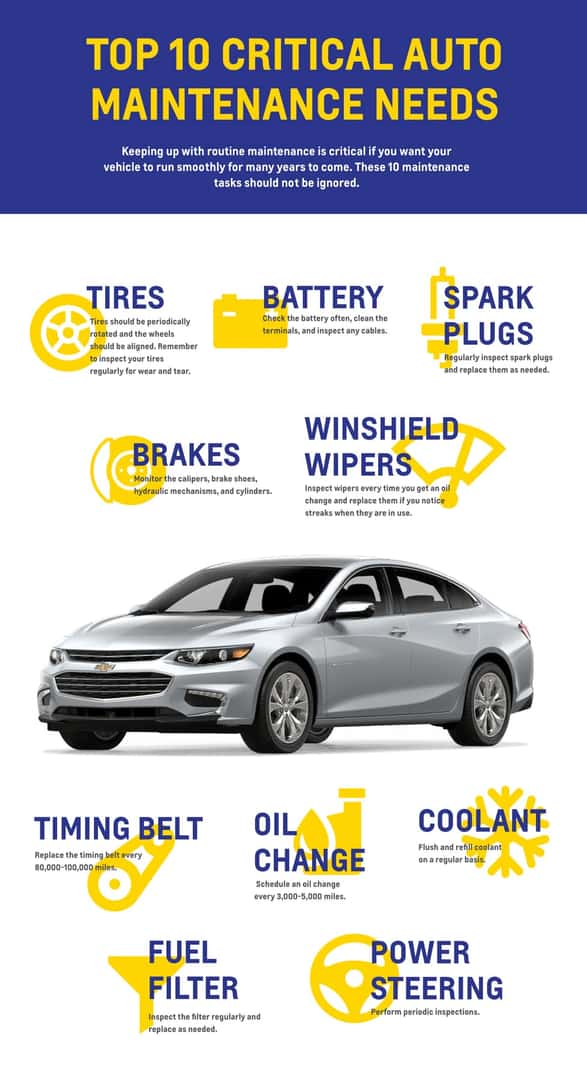The Toyota Rav4 requires coolant to maintain proper engine temperature and prevent overheating. This vital fluid helps dissipate heat, protect against freezing, and prevent corrosion within the engine.
Rav4 owners should regularly check the coolant level and quality to ensure peak performance and longevity of their vehicle. Toyota recommends using their own Genuine Toyota Super Long Life Coolant, which is specifically formulated to provide excellent protection for their engines.
This coolant is a long-lasting, ethylene glycol-based fluid that does not require regular replacement under normal driving conditions. However, it is essential to follow the manufacturer’s guidelines for coolant maintenance and consult with a Toyota service professional for any specific concerns or questions. By properly maintaining the coolant, Rav4 owners can help extend the life of their engine and enjoy reliable performance from their vehicle.
Choosing The Right Coolant
When selecting the right coolant for your Toyota Rav4, it’s crucial to consider the specific requirements outlined in the manufacturer’s guidelines. Toyota Rav4 coolant is designed to meet the vehicle’s specific cooling system needs, ensuring optimal performance and longevity. It’s essential to use the recommended coolant type to safeguard the engine and prevent damage.
Checking The Vehicle Manual
When it comes to choosing the right coolant for your Toyota RAV4, one of the most important steps is to consult your vehicle’s manual. The manual is there to provide you with essential information about your vehicle’s specifications and maintenance guidelines. It will give you the precise coolant type recommended by the manufacturer for optimal performance and longevity of your vehicle.
Understanding Coolant Types
Understanding the different types of coolant available can help you make an informed decision when choosing the right one for your Toyota RAV4. Here are some common coolant types you should be familiar with:
| Coolant Type | Description |
|---|---|
| Traditional green coolant | A general-purpose coolant suitable for older vehicles |
| Dex-Cool (orange or red) | A long-life coolant recommended for newer vehicles |
| Universal coolant (yellow) | A versatile coolant compatible with various vehicle types |
- Vehicle year, make, and model
- Coolant compatibility with your vehicle’s cooling system
- Environmental considerations
- Manufacturer recommendations
These factors will help you narrow down your choices and ensure that you select the coolant that best suits your Toyota RAV4.
Coolant Level Maintenance
Maintaining the proper coolant level in your Toyota Rav4 is crucial to ensure optimal performance and prevent overheating. Regularly checking and topping up the coolant are simple tasks that can be done by any car owner. In this section, we will guide you through the process of checking the coolant level and topping it up when necessary.
Checking Coolant Level
Checking the coolant level in your Toyota Rav4 is a quick and straightforward process. Please follow the steps below:
- Make sure your vehicle is parked on a level surface and the engine is cool.
- Open the hood of your Rav4 and locate the coolant reservoir. It is typically a translucent plastic container with min/max marks.
- Carefully remove the reservoir cap by twisting it counterclockwise. Be cautious as there might be hot pressurized coolant inside.
- Check the coolant level against the min/max marks on the reservoir. The level should be between these marks.
- If the coolant level is below the minimum mark, it indicates that you need to top up the coolant.
- If the coolant level is excessively low or there are signs of coolant leakage, it is advisable to have your vehicle inspected by a qualified technician.
Topping Up The Coolant
When the coolant level in your Toyota Rav4 is below the minimum mark, you need to top it up to the recommended level. Follow these steps to ensure a proper coolant top-up:
- Prepare the correct type of coolant for your vehicle. Refer to the owner’s manual or consult your local Toyota dealership to determine the suitable coolant.
- Once you have obtained the correct coolant, open the reservoir cap as described in the previous section.
- Slowly pour the coolant into the reservoir until it reaches the maximum mark.
- Be cautious not to overfill the reservoir as it can lead to coolant overflow when the engine heats up.
- After topping up the coolant, securely tighten the reservoir cap by twisting it clockwise.
- It is recommended to periodically recheck the coolant level to ensure it remains within the acceptable range.
By following these simple steps, you can ensure the proper coolant level in your Toyota Rav4, contributing to the longevity and reliable performance of your vehicle.
Coolant System Inspection
In order to keep your Toyota Rav4 performing at its best and to prevent any potential engine damage, it is essential to regularly inspect and maintain its coolant system. The coolant system plays a crucial role in keeping your engine cool and preventing it from overheating, which can lead to serious problems and costly repairs. One important aspect of this maintenance is the Coolant System Inspection.
Checking For Leaks
The first step in inspecting your Rav4’s coolant system is to check for any leaks. Coolant leaks can occur anywhere in the system, including the radiator, hoses, water pump, and connections. Leaks can lead to a loss of coolant, which can cause the engine to overheat and potentially cause serious damage.
To check for leaks, start by visually inspecting the engine bay and the ground beneath your vehicle for any signs of coolant puddles or stains. Additionally, pay close attention to any sweet or pungent odor, as this can be an indication of a coolant leak. If you suspect a leak but cannot locate its source, it is recommended to consult a professional mechanic for further inspection.
Inspecting Hoses And Connections
Another crucial part of the coolant system inspection is checking the hoses and connections for any damage or wear. Over time, hoses and connections can deteriorate due to age, heat, and exposure to chemicals. Damaged hoses and connections can lead to coolant leaks and should be replaced immediately.
During the inspection, carefully examine all hoses and connections for any signs of cracks, leaks, or bulges. Pay special attention to the hose clamps, as they can become loose or damaged over time. If you notice any problems, it is recommended to have the affected hoses or connections replaced by a professional.
Additionally, ensure that all hose connections are secure and tight. A loose connection can result in coolant leaks and reduced cooling system efficiency.
Regular Coolant System Inspections are vital for maintaining the health and performance of your Toyota Rav4. By checking for leaks and inspecting hoses and connections, you can catch potential issues early on and prevent more significant problems down the line. Remember, proper coolant system maintenance is essential for keeping your engine running smoothly and prolonging the lifespan of your vehicle.

Credit: www.genesisofschaumburg.com
Flushing And Replacing Coolant
One crucial aspect of proper vehicle maintenance is the regular flushing and replacement of coolant. Coolant, also known as antifreeze, plays a vital role in keeping your Toyota Rav4’s engine cool and preventing it from freezing in cold weather. Over time, coolant can become contaminated with debris, rust, and other impurities, which can compromise its effectiveness. Flushing and replacing the coolant will ensure that your engine remains well-protected and operates at optimal performance.
When To Flush The Coolant
Knowing when to flush the coolant is essential for maintaining the health of your Toyota Rav4. Generally, it is recommended to perform a coolant flush and replacement every 30,000 to 60,000 miles or every two to five years, depending on the manufacturer’s guidelines. However, it is essential to check your vehicle’s owner’s manual for the specific coolant flush interval recommended for your Rav4 model.
Step-by-step Replacement Process
Replacing the coolant in your Toyota Rav4 can be a straightforward process if you follow these step-by-step instructions:
Step 1: Gather the necessary tools and materials
- Drain pan or bucket
- Funnel
- Coolant (specifically formulated for your Toyota Rav4)
- New coolant hose (if needed)
- Service manual or owner’s manual
Step 2: Prepare your vehicle
- Park your Rav4 on a flat surface and engage the parking brake.
- Allow the engine to cool down completely.
- Open the hood and locate the coolant reservoir.
Step 3: Drain the old coolant
- Place the drain pan or bucket below the radiator drain plug.
- Using a wrench, loosen the drain plug and allow the old coolant to drain completely.
- Once drained, tighten the drain plug securely.
Step 4: Refill with fresh coolant
- Remove the radiator cap and place the funnel securely in the radiator fill hole.
- Pour the new coolant slowly into the radiator until it reaches the recommended level indicated on the coolant reservoir.
- Replace the radiator cap and tighten it securely.
- Start the engine and let it run for a few minutes to allow the coolant to circulate properly.
Step 5: Check for leaks
After completing the coolant replacement process, it is crucial to check for any signs of leaks. Examine the hoses, radiator, and drain plug for any unusual drips or leaks.
By following these steps and adhering to the recommended coolant flushing interval, you can ensure that your Toyota Rav4’s cooling system remains in top condition, providing efficient temperature regulation and optimal engine performance.
Coolant Maintenance Best Practices
When it comes to maintaining your Toyota Rav4’s coolant system, following best practices for coolant maintenance is crucial to ensure the longevity and efficiency of your vehicle. By adhering to proper maintenance techniques, you can avoid costly repairs and keep your vehicle running smoothly. Let’s explore some important best practices for coolant maintenance.
Monitoring Temperature Gauge
Regularly monitoring the temperature gauge on your Toyota Rav4 is essential for detecting any potential issues with the coolant system. A rising temperature gauge could indicate a low coolant level or a malfunctioning thermostat. By keeping an eye on the temperature gauge, you can identify problems early and address them before they escalate.
Regular Cleaning Of Coolant Reservoir
The coolant reservoir of your Toyota Rav4 should be regularly cleaned to prevent the accumulation of dirt, debris, and contaminants. Over time, these impurities can compromise the effectiveness of the coolant, leading to overheating and corrosion. By maintaining a clean reservoir, you can ensure the proper functioning of the coolant system and extend the lifespan of the components.

Credit: www.libertyvillechevrolet.com

Credit: www.jdpower.com
Conclusion
Proper maintenance of your Toyota Rav4’s coolant system is crucial to ensure optimal engine performance. By routinely checking and replacing the coolant, you not only prevent overheating but also extend the lifespan of your vehicle. Neglecting this essential task can lead to costly repairs and decreased efficiency.
So, take the time to prioritize your Rav4’s coolant system and enjoy a smooth, trouble-free driving experience for years to come.
